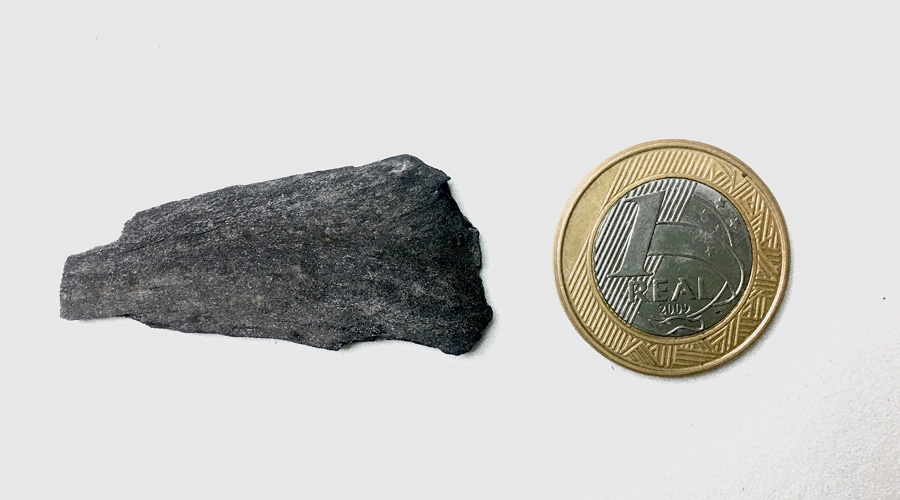Imagine the forests of Chilean Patagonia: wet and cold, dense with monkey puzzle trees and other hardy conifers. Now imagine it with dinosaurs walking around. And on fire.
This is what Antarctica was like 75 million years ago during the Cretaceous period, an era known by researchers as a “super fire world”. A paper published last month in Polar Research by Flaviana Jorge de Lima of the Federal University of Pernambuco and other scientists in Brazil proves that these conflagrations did not spare any continent, even one that is today notorious for its dry, inhospitable climate and largely vegetation-free landscape.
Although research on prehistoric wildfires — properly called “paleofires” — has been going on for decades, much of it has concentrated on the Northern Hemisphere. Antarctica was “first considered a region without high fires, but that changed,” said André Jasper of the University of Taquari Valley in Brazil. He’s an author on the paper and part of a group of researchers around the globe seeking evidence of fires that burned between 60 million and 300 million years ago.
“It’s really interesting for us because now we’re showing that not only the Northern Hemisphere was burning, but the Southern Hemisphere too,” he said. “It was global.”
Scientists can find evidence of paleofires by studying charred tree rings, by analysing sediment in ancient lakes or by examining molecules in fossilised charcoal. For this paper, the researchers analysed charcoal extracted from sediment on Antarctica’s James Ross Island in 2015 and 2016.
This charcoal is, on its face, nothing special.
“If you do a barbecue, you will have the same type of material,” Dr Jasper said. But the team used imaging software and scanning electron microscopy to analyse these lustrous chunks, about the height of a quarter and several times as wide. They found something far more interesting than the remains of a cookout: homogenised cells and a pitted pattern that proved these fossils started their lives as ancient plants.
Using the charcoal, “it is possible to understand a little bit better the scenario of the fire, 75 million years ago”, Dr Jasper said.
With increasingly sophisticated techniques, scientists can reconstruct ancient ecosystems and fire patterns with mounting precision, said Elisabeth Dietze, vice-president of the International Paleofire Network, who was not affiliated with the study. She said that molecular markers in charcoal could tell scientists what kind of vegetation burned.
In 2010, researchers on King George Island first gathered evidence that ancient wildfires didn’t spare Antarctica. But the samples from that expedition were poorly preserved and researchers could only speculate that the charcoal stemmed from a coniferous tree.
New York Times News Service










